备案号:辽ICP备19007957号-1
![]() 聆听您的声音:feedback@highmark.com.cn企业热线:400-778-8318
聆听您的声音:feedback@highmark.com.cn企业热线:400-778-8318
Copyright ©2015- 海马课堂网络科技(大连)有限公司办公地址:辽宁省大连市高新技术产业园区火炬路32A号创业大厦A座18层1801室
This is a report developed based on a variety of relevant and reliable project management literature to critically analyze the Swan Mundaring Reform Project Management Plan, a PMP conducted by the state government to perform structural reform changes to the boundaries of local government. To have a thorough understanding of this PMP, academic and practitioner literature about major content, including change management, quality management, risk management, communication and so on will be reviewed. Major findings drawn from the review will be applied to critically analyze the project management practice in the chosen PMP. Drawing on main findings of the evaluation, a number of recommendations are made for stakeholders in this PMP.
Based on the critical analysis, it is concluded that the chosen PMP has performed valid management over cost, quality, procurement, risk and communication, and these aspects are important to project outcomes. While formulating these contents, the chosen PMP has conformed to the recognized theories of the project management, not only having key management issues addressed, but also having primary stakeholders involved in the planning. However, in this PMP, there are also some perceived weaknesses, such as the absence of project management integration and stakeholder management.
It is recommended that the project team should provide an overview of the external environment of the Shire of Mundaring and City of Swan. Then, it is recommended that the chosen PMP should add a stakeholder management plan, in which it should clearly identify and classify stakeholders into different groups, allocating tasks, responsibilities as well as benefits and incentives.
Table of Contents
3. Content of the Project Management Plan 4
3.5. Communication Management 7
Appendix. Swan Mundaring Reform Project Management Plan 13
Project management plan (PMP), as Leach (1999) states, is an important document for achieving successful project outcomes, which if often used to gain commitment and sponsorship from stakeholders and which should contain sufficient information allowing stakeholders to make informed decisions. This report is prepared to have a thorough understanding of the content of Swan Mundaring Reform Project Management Plan, a PMP conducted by the state government to perform structural reform changes to the boundaries of local government.
In order to gain a clear understanding of the setting and overall organizational environment of this PMP, in this report, the background of this report will be briefly introduced. Then, based on the review of academic and practitioner study of literature about project management, a theoretical framework about the content of a standardized PMP will be build. The framework will be used to analyze the content of this PMP. For example, why a communication plan is included and whether it is a meaningful document or contain the right information. Based on the analysis of the content, main findings about this PMP, including its strengths and weaknesses, will be drawn, and recommendations will be made for the project team to seek further improvement.
In 2013, the State Government made an announcement that local government should conduct structural reform to change the boundaries of the governments. Under this model, City of Swan will amalgamate with Shire of Mundaring. Following this move, the local government of the City of Swan prepared proposals to the Local Government Advisory (LGAB) under the Schedule 2.1, outlining the nature, reasons and effects of the proposals. These proposals have been submitted in October 2013. In the following months, further presentations have been made by individual local government to the LGBA to confirm their preference of the reform. Main issues mentioned in the proposals include “Shire of Mundaring’s proposal for the amalgamation of Mundaring and Swan”, “City of Swan’s joint proposal with Town of Bassendean proposing an amalgamation of Swan, Mundaring and Bassendean” and “Minister for Local Government’s proposal for a boundary change of City of Swan to subsume Shire of Mundaring”.
On this background, the PMP under discussion, which is the Swan Mundaring Reform Project Management Plan, is developed to deliver a transition plan that prepares and manages the transition to the new local government identity, convering the current districts of the Shire of Mundaring and City of Swan. This project is delivered within the two existing organizations through working gropus and includes people, processes, contractors and assets. The Combined Executive (CE) and Local Implementation Committee (LIC) are responsible for monitoring the progress of the project.
In the study conducted by Turner (2006), it is argued that a responsible project manager should take into account all aspects of costs and funding, since this is a key concern for all primary stakeholders. Throughout all the project lifecycle, cost is a highly visible item and a significant variance that is closely-associated with the project and outputs of a project as well as the very existence of the sponsoring organization.
According to Turner (2006), project cost management can be broken down into two phases. The first phase is strategic, which focuses on the management of cost determined by the time a decision is made to proceed with the implementation of the project. During this step, the project team examines the examination of project costs throughout the initiation and planning stages. Turner (2006) claims the second phase of cost management as operational, which is related to the management of cost after decisions about implementations are made. At this stage, methodologies and techniques are used to monitor and control cost throughout the implementation.
In terms of the estimation, monitoring and control of costs, in Wilke’s study (2005), it is mentioned that the project manager can use “top down” or “bottom up” methodologies. According to Wilke (2005), “top down” is an analysis approach that divide project components to a level at which they can be specified with sufficient detail. Based on the details, project managers make accurate estimations about the potential cost. “Bottom up”, on the other hand, estimate and analyze cost through adding the separate estimates together. This strategy requires the project manager to conduct a fully-detailed design and knowledge of the processes involved in the project, so as to perform a complete analysis of the successive work stages.
In the chosen PMP, as is shown in Appendix, cost management is a significant content. Drawing on the review of relevant literature about this PMP content, it is argued that the project team of Swan Mundaring Reform Project Management Plan estimate and manage cost with a “bottom up” methodology. In this PMP, it is mentioned that the initial costs of the project include direct and indirect costs. To have a good command of the specific cost items in the two broad categories, manager of this project further breaks down the direct costs into consultants, contracts and materials. Similarly, under indirect cost, there are salaries of internal employees assigned to the project. As is indicated in the tables of cost management, manager of this PMP further divides the direct and indirect cost items into more detailed sections. For example, under HR consultancy, there are employment condition review and IR$ER review. By adding these separate estimates of costs together, the project team has a command of the overall cost of this project. It is argued that the cost management of the chosen PMP is largely operational, since it clearly estimates the amount required by each functional department and each project activity, which also outline an approximate number for cost requirement, shedding light on the project team about funding and budgeting.
The majority of projects involve procurement in some forms. As Indelicato (2015) explained, project management involves the acquisition of projects and services, the hiring of people for short- and long-term usage, as well as other activities associated with the progress and productivity of the project. From Indelicato’s study (2015), it is learnt hat like other contents of a PMP, such as the cost management discussed earlier, procurement management also involves a strategic and an operational dimension. In these dimensions, the application of suitable procurement strategies determines the performance of a project, particularly in the financial aspect. In Belzer’s study (2001), it is argued that an aggressive fixed pricing strategy can be used to facilitate the procurement process; it transfers all possible risks to an external contractor that can provide the desired goods and services. An alliance strategy, on the other hand, aggregates all parties at the beginning of the procurement process and explore the most cost-effective and time-efficient way to source the required materials.
Leach (1999) interprets the handling of procurement management from another perspective. In his point of view, project procurement management consists of six steps, which are determining procurement requirements, establishing agreed procurement processes, conducting contracting, implementing the contract and managing the contract. According to Leach (1999), these six steps run throughout the whole lifecycle of a project from the planning to close-out, which guarantees the efficiency and effectiveness of procurement.
In the chosen PMP, procurement is a significant content addressed by the project team, because the reform of local government boundaries promotes the City of Swan and Shire of Mundaring become one entity. In such a model, some goods and services are necessary to be purchased. To makes sure that budget for all purchases can be fully utilized, in the chosen PMP, a number of criteria is developed and applied to determine the apportioning of costs for different types of goods and services. For example, in terms of the procurement of services from consultant, this PMP regulates that the consultants should deliver advice, facilitations and training programs based on the size of workforce; the consultants should engage in reviewing and reporting on processes, practices and apportionment based on the cost of the required subjects; new or improved systems or software should be provided based on the emerging needs and the number of employees. Additionally, in the PMP under discussion, it is noted that the procurement will be jointly managed by the Shire of Mundaring and City of Swan; both parties are involved in the discussion and decision-making about responses or changes. The above procurement practices suggest that at the planning stage, the chosen PMP considers key steps of procurement management coined by Leach (1999), in particular, determining the procurement requirement. In addition, roles and responsibilities for main stakeholders in the process of procurement management imply that this project adopts an alliance contract in which major parties jointly investigate effective ways to source the required goods and services.
As discussed earlier, a PMP is a document used to gain support and understanding from stakeholders. To achieve this purpose, Lock (2001) suggests that incorporating a detailed and valid quality management plan is a significant measure. According to Lock (2001), the outcomes of the process of establishing the quality of the project deliverables and the process during which the outcomes are delivered are main component of a reliable quality management plan.
In Mikkelsen’s study (1990), it is reported that at the starting point of the quality management, the project manager should set quality standards that define what is required to meet the required level of quality assurance as well as the level the project team wishes to achieve. Then, a project quality management system should be developed, supporting the implementation of the standards and describe how to test the quality and who will perform the process. According to Mikkelsen (1990), based on the establishment of standards and system for quality management, the project team should conduct the control of quality through engaging in the cycle of data collection, measurement, analysis and corrective action. With the above series of actions taken, Mikkelsen (1990) argues that the project team can achieve a positive reduction in quality-related costs and build an organization-wide awareness that quality management is dispensable, which informs stakeholders of their roles and assure them of the potential desired outcomes.
In the chosen PMP, there is a well-established quality management plan, which outlines the quality approach and processes for the Local Government Reform Project to guarantee project outcomes fit for purpose. To facilitate this process, the project team of the chosen PMP focuses on three aspects of quality management, which are quality assurance, quality control and quality improvement. To fully address these three components, in the chosen PMP, the project team outline a series of standards and use them as approaches to local government reform. For example, the Quality Management Plan of then chosen PMP mentions that the project team should maintain local communities and their identities with local access; build organizational capability through a best practice approach; align and structure the organization as a locally -based service and management model. As is shown in Appendix, to meet the above-stated standards for project quality, the project team has developed a system that incorporates leadership, strategy, planning, information and knowledge, people, customer and other stakeholders, results and sustainable performance of the project. Based on the established standard and system, the chosen project PMP mentioned that quality of the deliverables will be measured against the output quality criteria. Such reviews are performed regularly and built into the project management plan. According to the PMP, these quality control and improvement measures ensure that a learning environment can be created, and this is important for the success of the project and the function of the new local government as well.
In Ward’s study (1999), it is argued that risk management is a process that identifies opportunities that avoid or mitigate potential losses. According to Ward (1999), projects risks should always be clearly identified and allocated to stakeholders that are most capable of managing them, so as to assure positive outcomes and high project quality.
In the NCSPM, it is mentioned that risk management process consists of seven key steps, which are communication and consultation, establishment of the context, identification of risks, evaluation of the risk, treatment of the risks, review the risks and minimize the consequences of adverse events. It is not hard to find that risk management is a process that consistently review the PMP and summarize best practices from lessons learnt. NCSPM’s seven-step risk management process has been further complemented by Raz, Shenhar and Dvir (2002). In his study, it is argued that the primary step of risk management is establishing a strategic or an organizational context. Then, developing evaluation criteria to determine what levels and types of risks are acceptable and what must be eliminated. Following the identification and evaluation of risks, Raz, Shenhar and Dvir (2002) suggest that the project team should mitigate and control the risks by documenting the condition of risks at different levels and of different types, hence have a real-time command of their impacts on the project progress.
In the chosen PMP, a detailed Risk Management Plan has been developed to monitor and control risks, and this plan outlines the identifiable risks at the time of preparation of the PMP. As is shown in the Appendix, at the beginning of the Risk Management Plan, project team of the chosen PMP first rate the risks and determine the risk level by following the mode: Risk=Likelihood * Consequence. Based on the classification, a project-level risk assessment has been performed to deal with the deliverables for the project, in relation to time, cost and quality. In the form of tables, the chosen PMP present the identified risks, their types, levels, how they happen, current controls for them and the control gaps. Drawing on NCSPM’s findings, it can be found that these are the initial two steps of risk management. On this basis, the chosen PMP outlines the organizational risks acceptance criteria and tolerance as well as the requirements to treat risks, in particular, risks that are rated greater than 10. As is indicated in the Appendix, a tolerance table is incorporated in the chosen PMP, which determines the appropriate actions for risk prevention and mitigation. In this table, responsibilities of key stakeholders are clearly defined. Through comparing the chosen PMP’s Risk Management Plan against the academic findings, it is not difficult to find that the risk management of this project is planned based on the clear identification, a rigorous evaluation and a consistent treatment of risks.
The management of project communication is widely acknowledged as a significant content of a qualified PMP. In the study conducted by Belzer (2001), it is argued that not all projects fail because of the inappropriate scheduling of time, the unsuitable allocation of roles and responsibilities or the miscalculation of costs. More often, many projects fail to deliver the desired outcomes because of the project team, manager and stakeholders’ inability to communicate effectively and working together with the shared goals and values. With this regard, Belzer (2001) suggests that the management of project should focus on the free flow of essential and accurate information within the team in a time manner.
Reported by Burton and Michael (1992), the communication plan of a PMP should address a series of key aspects, including people who participate in the project; people who are affected by the project, time schedule for communication, channels of communication; people who are responsible for organizing the communication and passing on information (p.98). According to Burton and Michael (1992), an effective way to manage these aspects of communication is drawing up a matrix which outlines stakeholders and other details. In this way, the project team can make sure that key stakeholders receive particular tailored information. Additionally, a well-established communication plan facilitates the project team to build and maintain a sound relationship with primary stakeholders.
In the chosen PMP, a Communication Plan has been developed for a number of purposes. First and foremost, as is noted in the PMP, the communication plan is created to define the channels, types and frequency of communication relevant to stakeholders, which ensures that they are informed of relevant information about the project. Second, the PMP argues that the project effectively manages communications for the transitions of employees to a new local government. Third, the communication plan builds a mechanism for feedback from stakeholders related to the project and project activities. From these purposes elaborated in the chosen PMP, it is not hard to find that through performing communication management, this project effectively involves primary stakeholders into project activities, creating a platform for them to collaborate.
As is shown in the Appendix, based on the identification of key management issues, key messages, primary stakeholders, their roles and responsibilities, the communication plan of this PMP outlines participants, timelines, reasons and methods of communication in the form of table. For example, the chosen PMP identifies that union representatives are key stakeholders in this project, and information should be delivered to them when announcements are made or expected. The chosen PMP argues that the communication with the union representatives is necessary, because they have a say in terms of employee conditions, which is directly-associated with productivity and efficiency. Therefore, in the chosen PMP, it is argued that the communication with union representative should be conducted in the form of meetings or negotiation. In accordance with Burton and Michael’s findings about the importance of communication management (1992), the communication with the union representatives mentioned in the chosen PMP contributes to build a positive relationship between employees and local government and the reform committee.
The reform and transition of government identities is believed to make significant impacts on the function of local government, the engagement of employees in relevant departments and the satisfaction of local people when it comes to the handling of administrative and civil welfare issues. Therefore, during this transition, local governments involved should make full preparations in terms of finance, time schedule, risk management, quality control and so on. Given the significant role of such transitions, the chosen PMP, in order to deliver a transition plan that prepares and manages the transition to the new local government identity to be established across the Shire of Mundaring and City of Swan, Swan Mundaring Reform Project Management Plan, is developed to analyze the background, scope, deliverables and milestones, benefits and outcomes, constrains and dependencies as well as a number of key contents of project management.
Based on the introduction of the project’s background, it is concluded that the chosen PMP has critically discussed the structure by which the project was developed and the scope that the project involves in. Through analyzing the content of the chosen PMP and comparing it with key findings gained from academic and practitioner studies, it is argued that the chosen PMP has performed valid management over cost, quality, procurement, risk and communication, and these aspects are important to project outcomes. While formulating these contents, the chosen PMP has conformed to the recognized theories of the project management, not only having key management issues addressed, but also having primary stakeholders involved in the planning. However, in this PMP, there are also some perceived weaknesses, such as the absence of project management integration and stakeholder management, and these are elaborated in the following section.
In Atkinson’s study (1999), it is argued that a PMP should document the processes during which events, decisions and actions around a particular issue are defined and implemented, and then integrates these well-established processes into the execution of the project. According to Atkinson (1999), the fundamental principles of a successful PMP is creating a foundation for all project activities through applying various techniques and methodologies to measure the outputs and deliverables. With this regard, it is argued that a well-documented PMP guarantees the validity and productivity of the project.
Based on the analysis of the content of the chosen PMP, it is found that the primary shortcoming or weakness of this PMP is the lack of integration between each project management activity. From Atkinson’s interpretation of PMP’s successful criteria (1999), it is not difficult to find that only when all events and decisions are integrated into the implementation of the project, will it be possible for the project team to gain desired outcomes. To achieve the integration of the project management activities, in Kerzner’s study (2002), he argues that the project management actions should be placed in an organizational context, which means that the macro environment where the project operates should be analyzed, such as the political, economic, social, technological landscapes and so on. In this way, core project management activities, such as cost and procurement management can be fully integrated. In the chosen PMP, it is recommended that the project team should provide an overview of the external environment of the Shire of Mundaring and City of Swan. Such information can inform stakeholders of the economic condition of the macro environment, helping them evaluate whether the proposed cost estimations and procurement plans are valid.
Another weakness of the chosen PMP is the lack of a detailed stakeholder management plan. As is shown in the Appendix, although there is a specific section discussing the human resources involved in the project, the PMP did not identify the primary and secondary stakeholders of the project, the potential positive and negative impacts they might experience throughout the project lifecycle. These, as Cleland (1997) mentioned in his study, are key measures to effectively manage stakeholders and maximize their support and contribution to the project. Therefore, it is recommended that the chosen PMP should add a stakeholder management plan, in which it should clearly identify and classify stakeholders into different groups, allocating tasks, responsibilities as well as benefits and incentives, so as to improve their engagement and commitment.
Atkinson, R., 1999. Project management: cost, time and quality, two best guesses and a phenomenon, its time to accept other success criteria. International journal of project management, 17(6), pp.337-342.
Belzer, K 2001, Project management: still more art than science, PMForum, viewed 15 December 2011, http://www.pmforum.org/library/papers/2001/ArtthanScience.pdf.
Burton, C & Michael, N 1992, A practical guide to project management, Kogan Page, London
Cleland, D.I., 1997. Project stakeholder management. Project management handbook, pp.275-301.
Cleland, D 1999, Strategic design and implementation, 3rd edn, McGraw Hill, New York
Davidson Frame, J. (2014). Reconstructing Project Management. Project Management Journal, 45(1), e2-e2. doi: 10.1002/pmj.21387
Kerzner, H., 2002. Strategic planning for project management using a project management maturity model. John Wiley & Sons.
Indelicato, G. (2015). Procurement Project Management Success: Achieving a Higher Level of Effectiveness. Project Management Journal, 46(4), e3-e3. doi: 10.1002/pmj.21515
Leach, L. (1999). Critical Chain Project Management Improves Project Performance. Project Management Journal, 30(2), 39-51. doi: 10.1177/875697289903000207
Lock, D. (2001). A Project-by-Project Approach to Quality. International Journal Of Project Management, 19(5), 311-312. doi: 10.1016/s0263-7863(99)00063-0
Mikkelsen, H. (1990). Quality of project work and project management. International Journal Of Project Management, 8(3), 138-143. doi: 10.1016/0263-
Raz, T., Shenhar, A.J. and Dvir, D., 2002. Risk management, project success, and technological uncertainty. R&D Management, 32(2), pp.101-109.
Turner, J. (2006). Towards a theory of project management: The nature of the functions of project management. International Journal Of Project Management, 24(4), 277-279. doi: 10.1016/j.ijproman.2006.03.002
Turner, RJ 2014, The handbook of project-based management: Leading strategic change in organisations, 4th edn, McGraw Hill, New York.
Ward, S. (1999). Requirements for an Effective Project Risk Management Process. Project Management Journal, 30(3), 37-43. doi: 10.1177/875697289903000306
Wilke, T. (2005). The Project Cost Variance Analysis Model: A Project Management Tool. The Journal Of Cost Analysis & Management, 7(1), 13-23. doi: 10.1080/15411656.2005.10462251
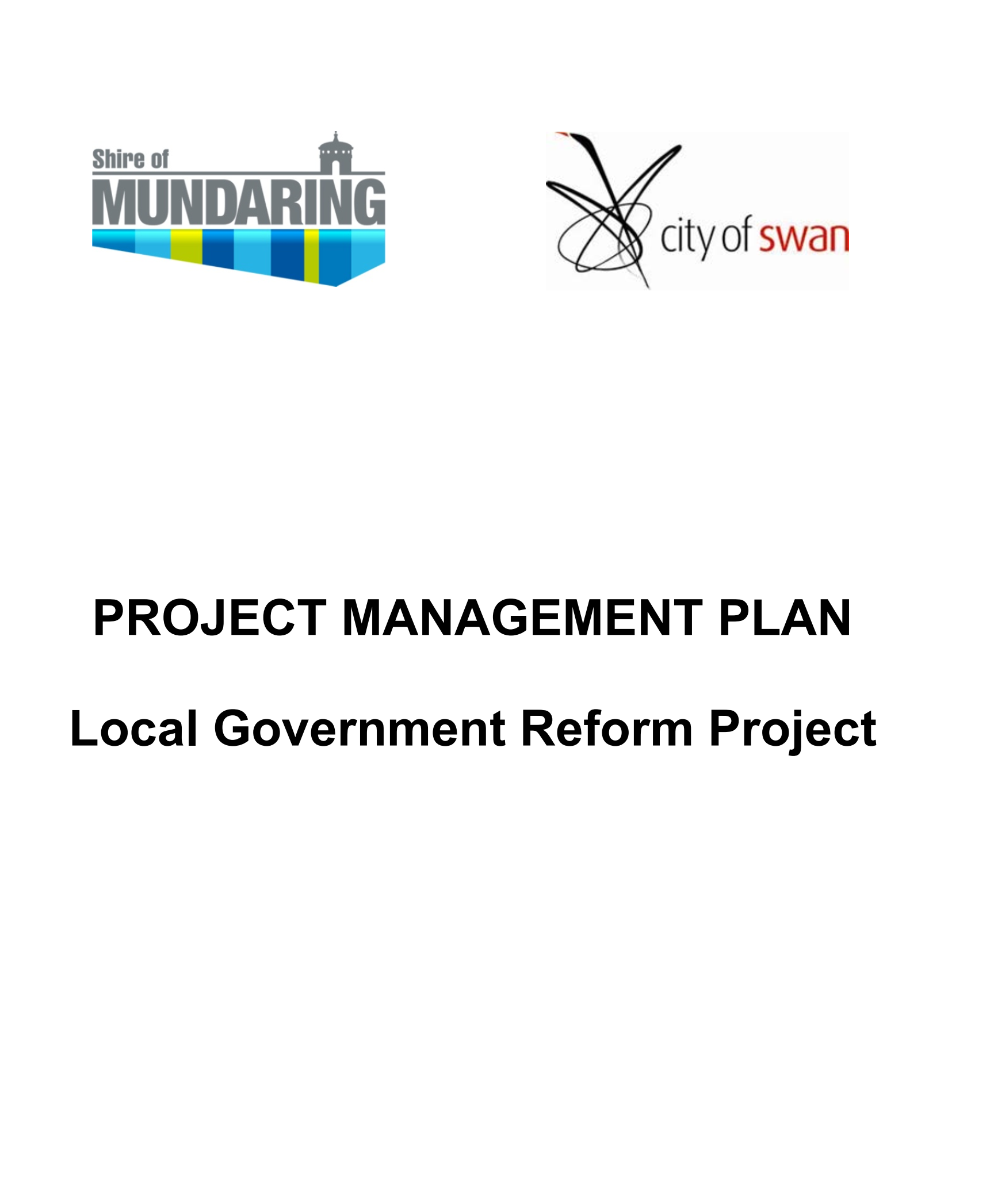
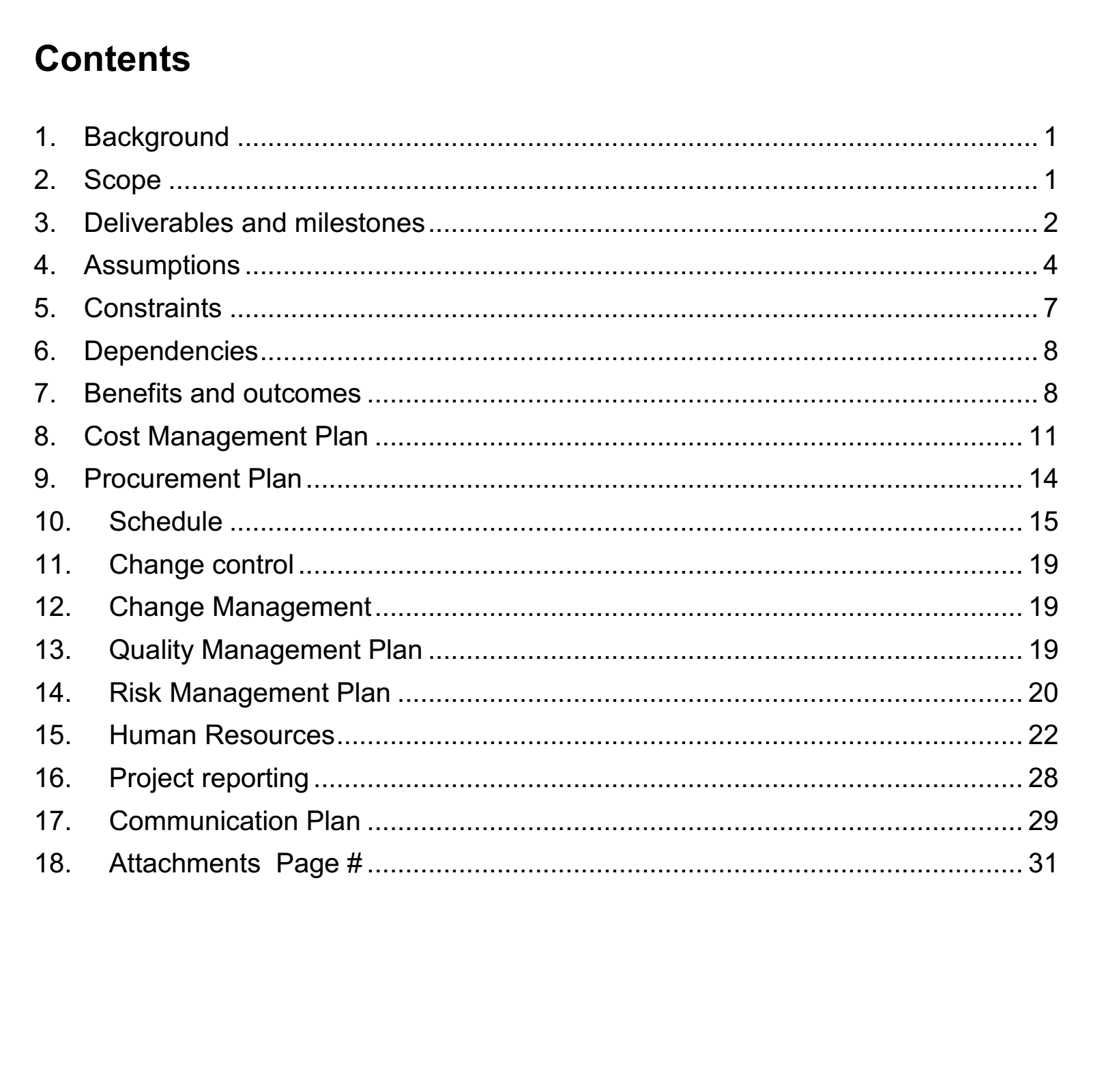
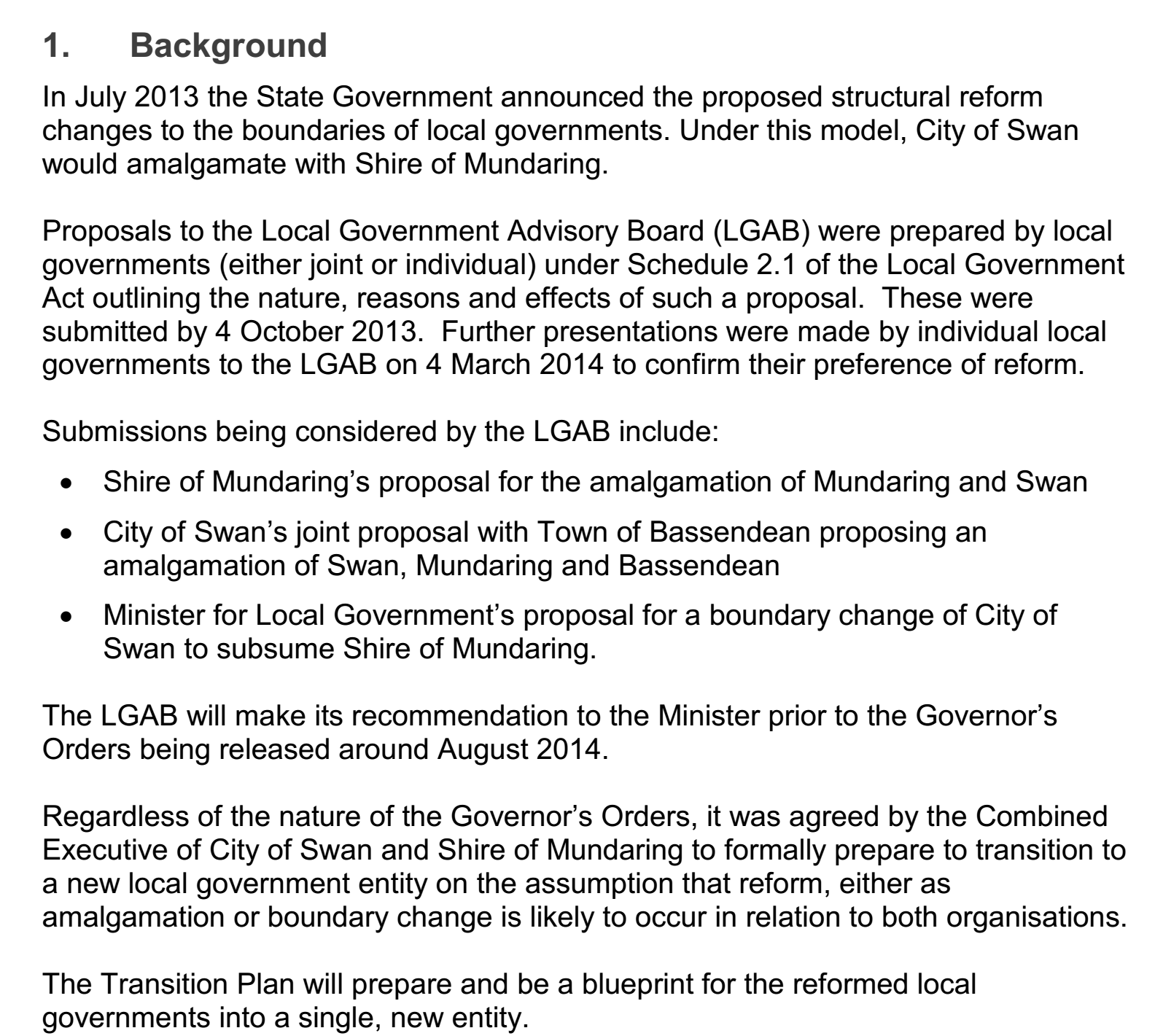
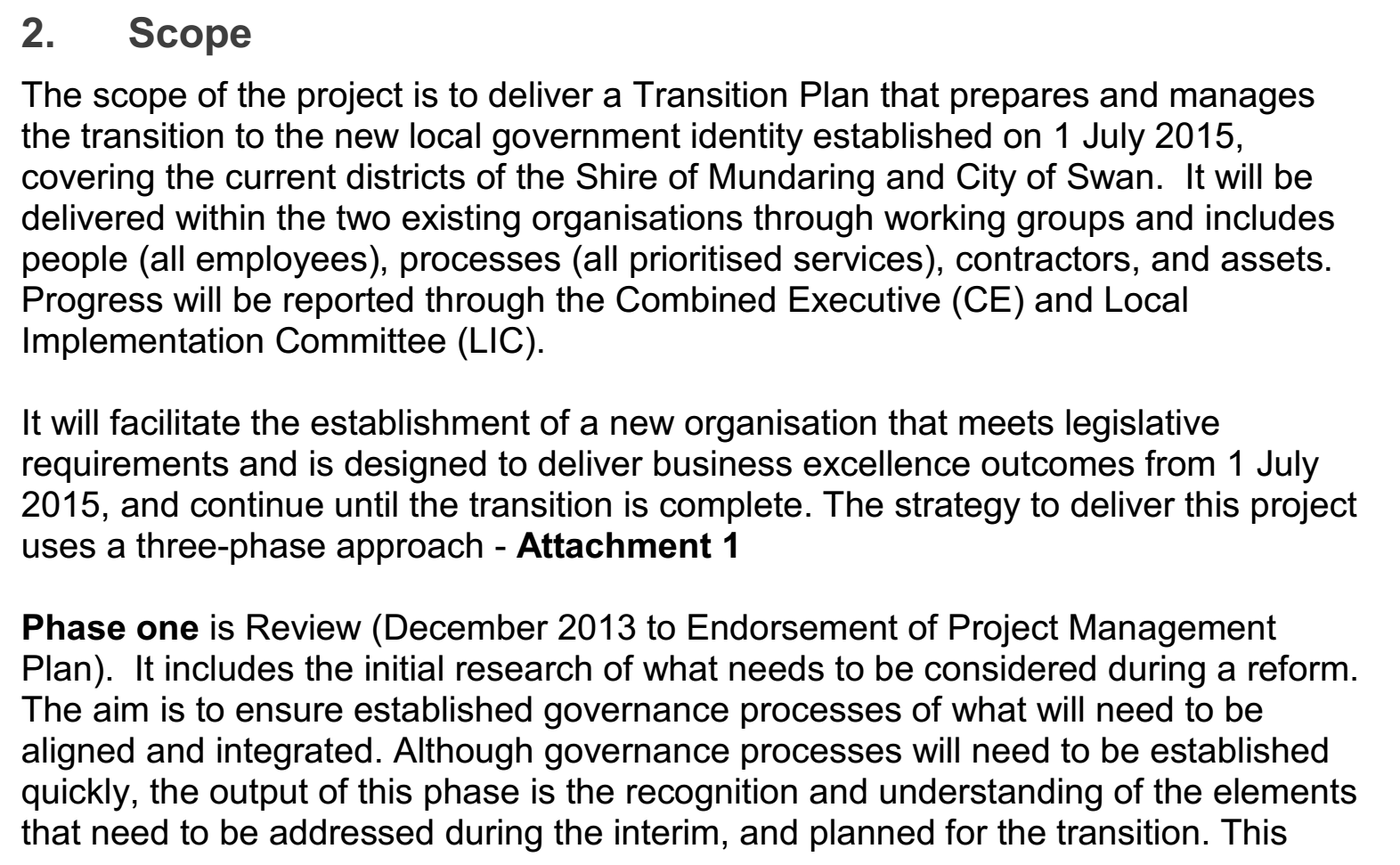
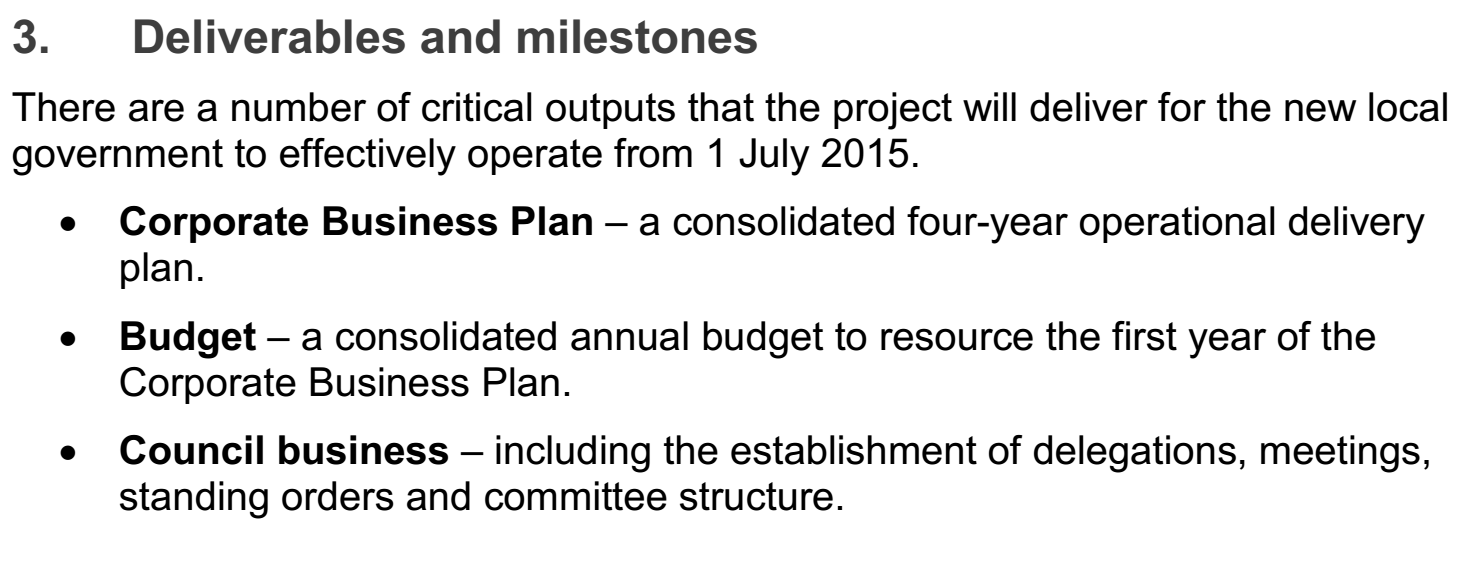
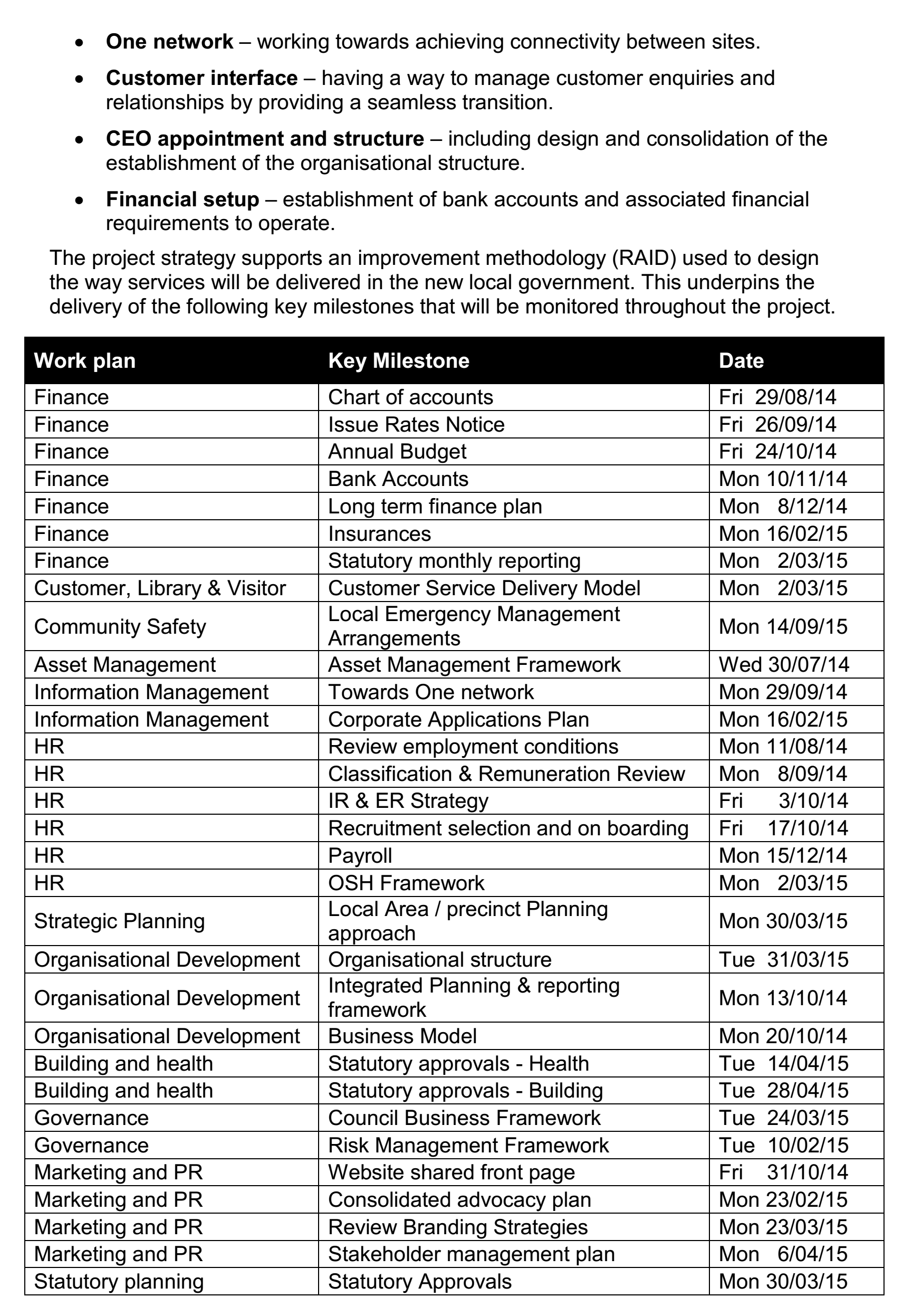
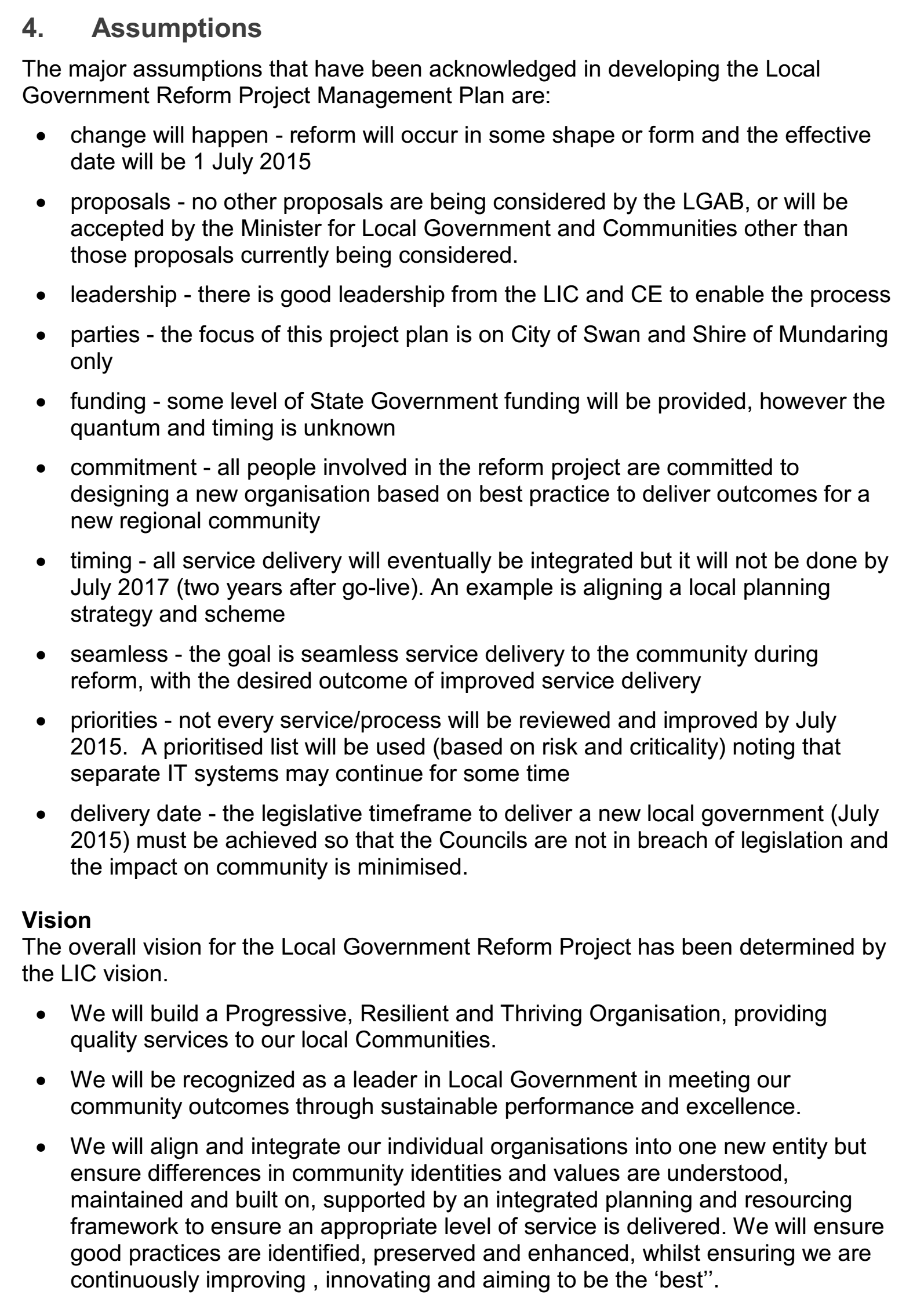
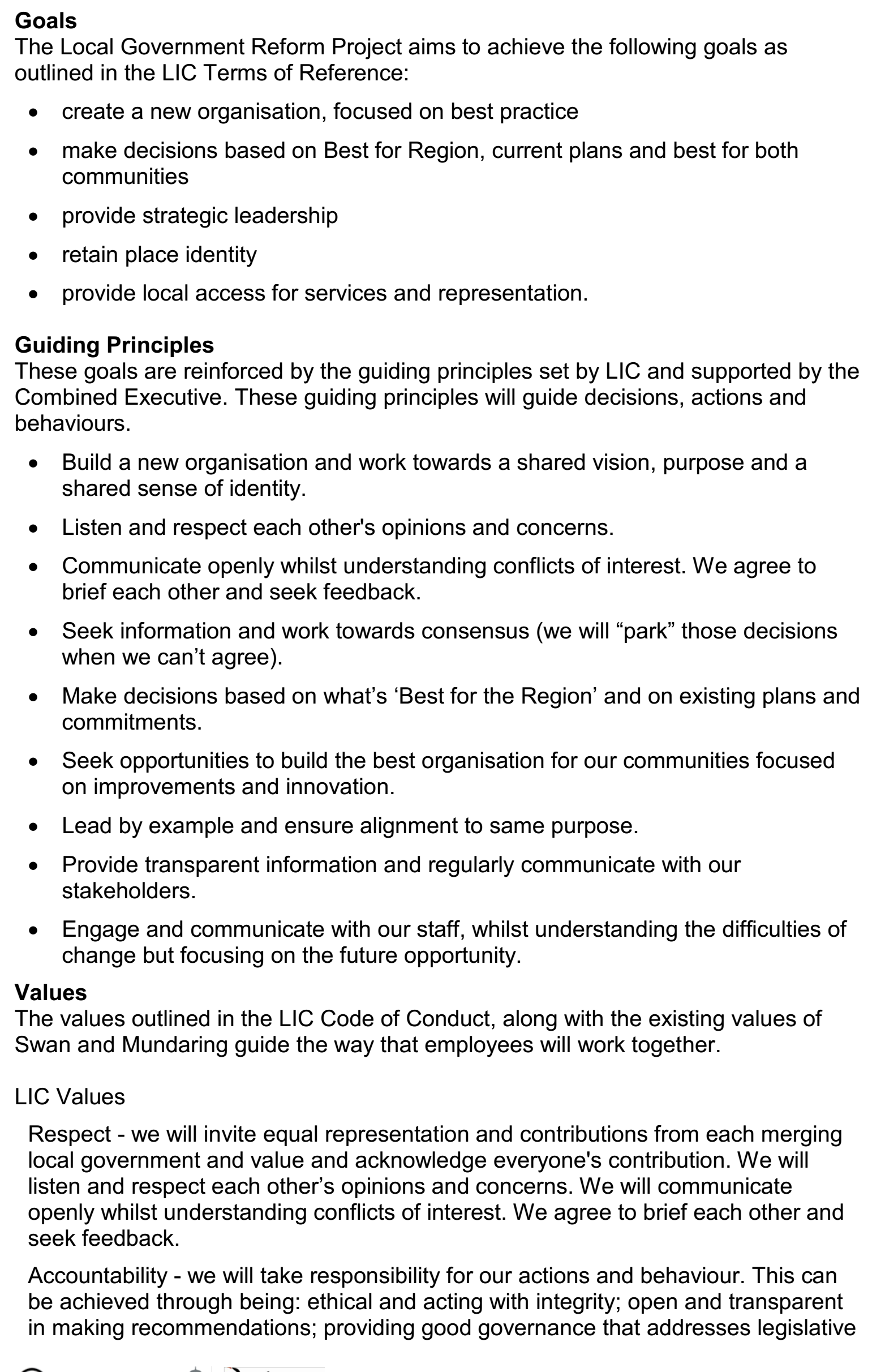
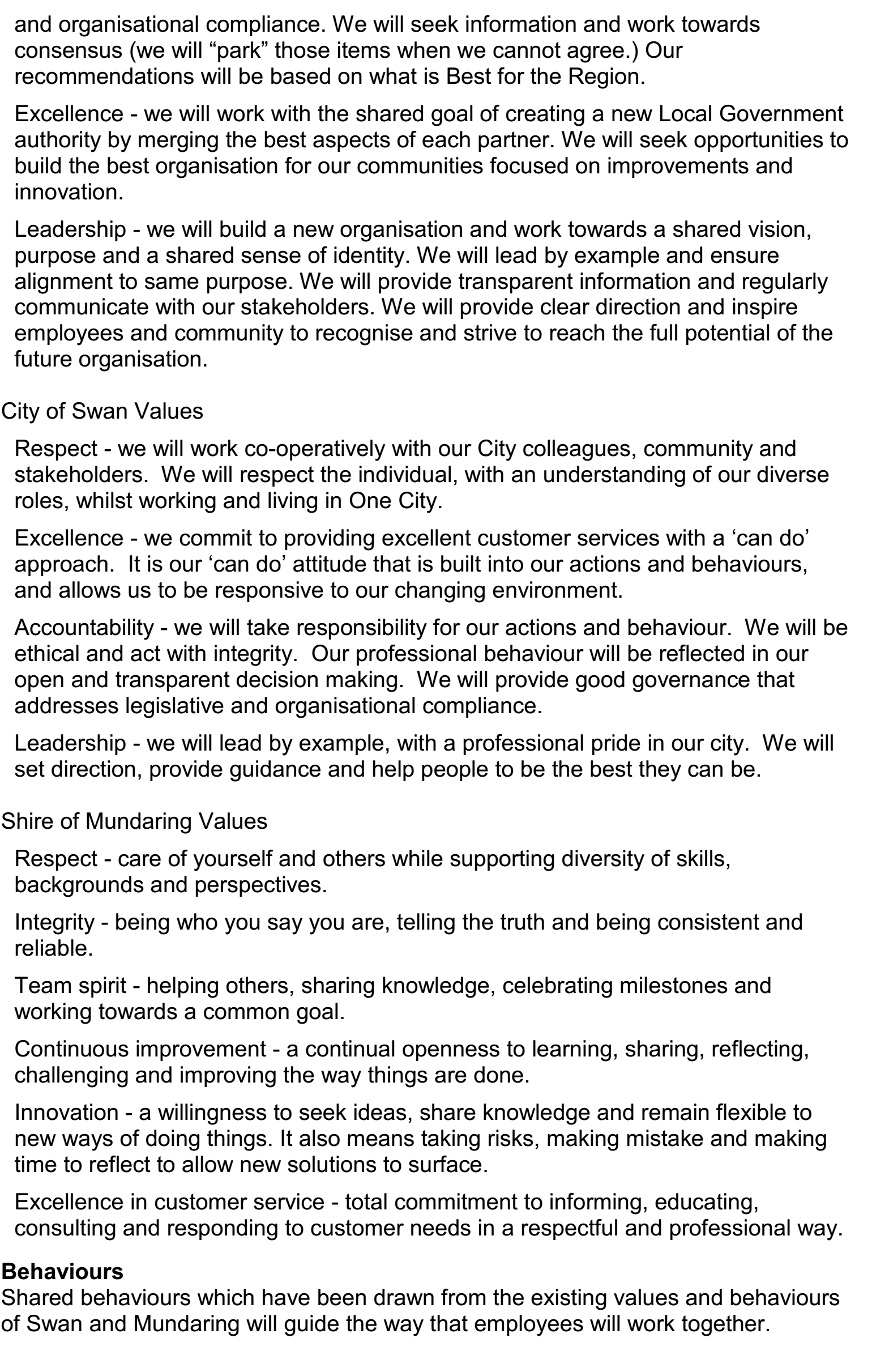
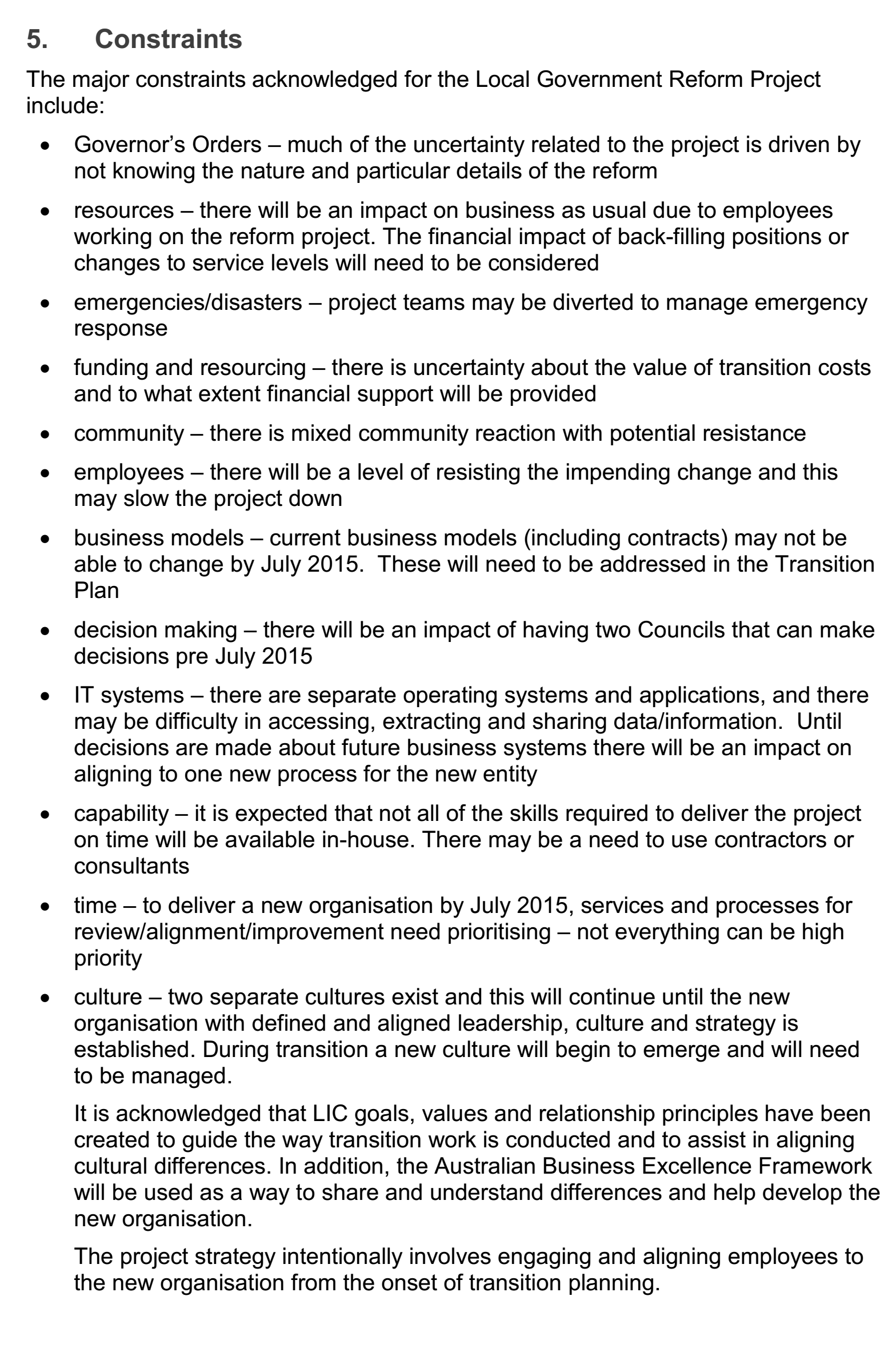
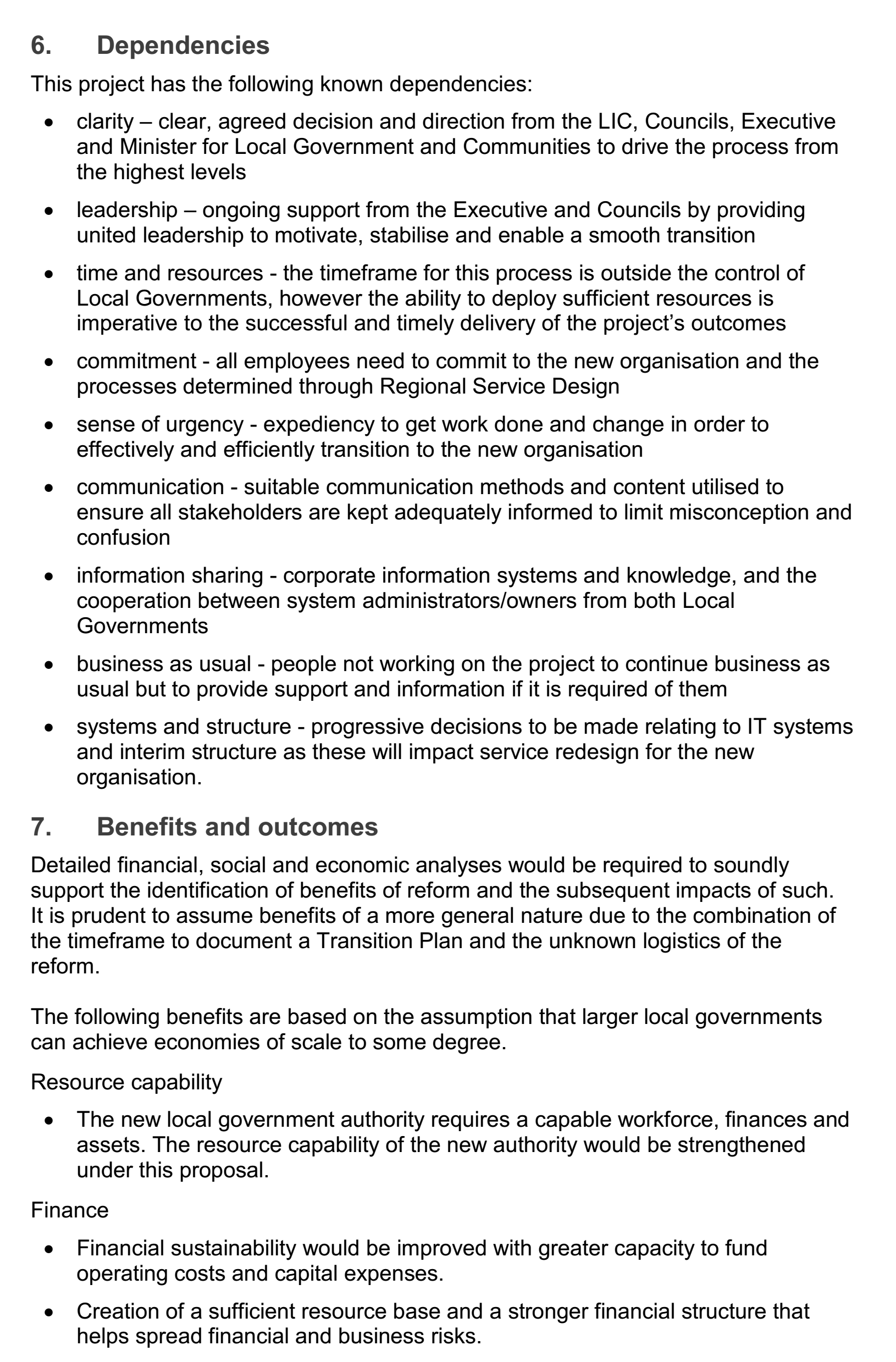
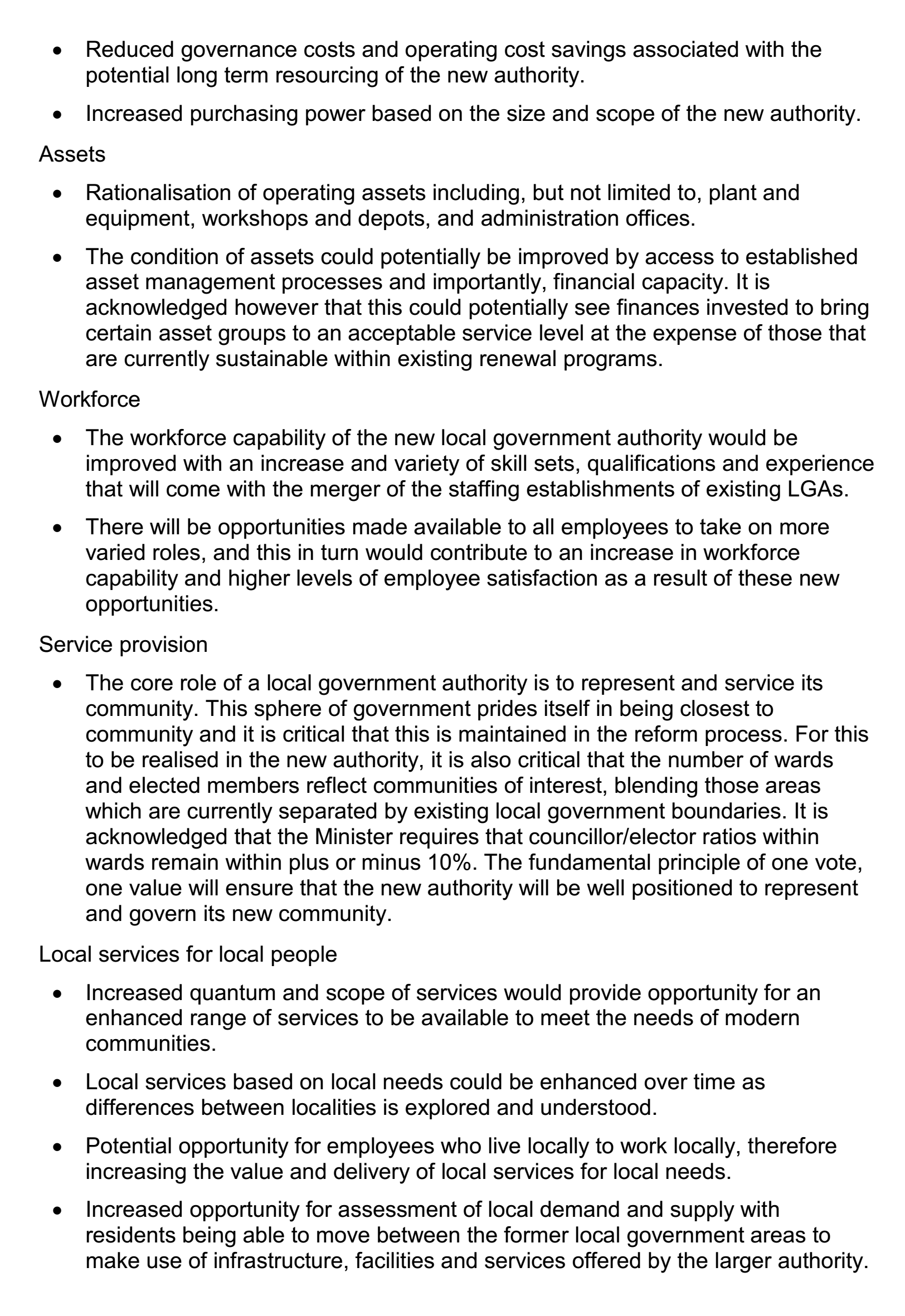
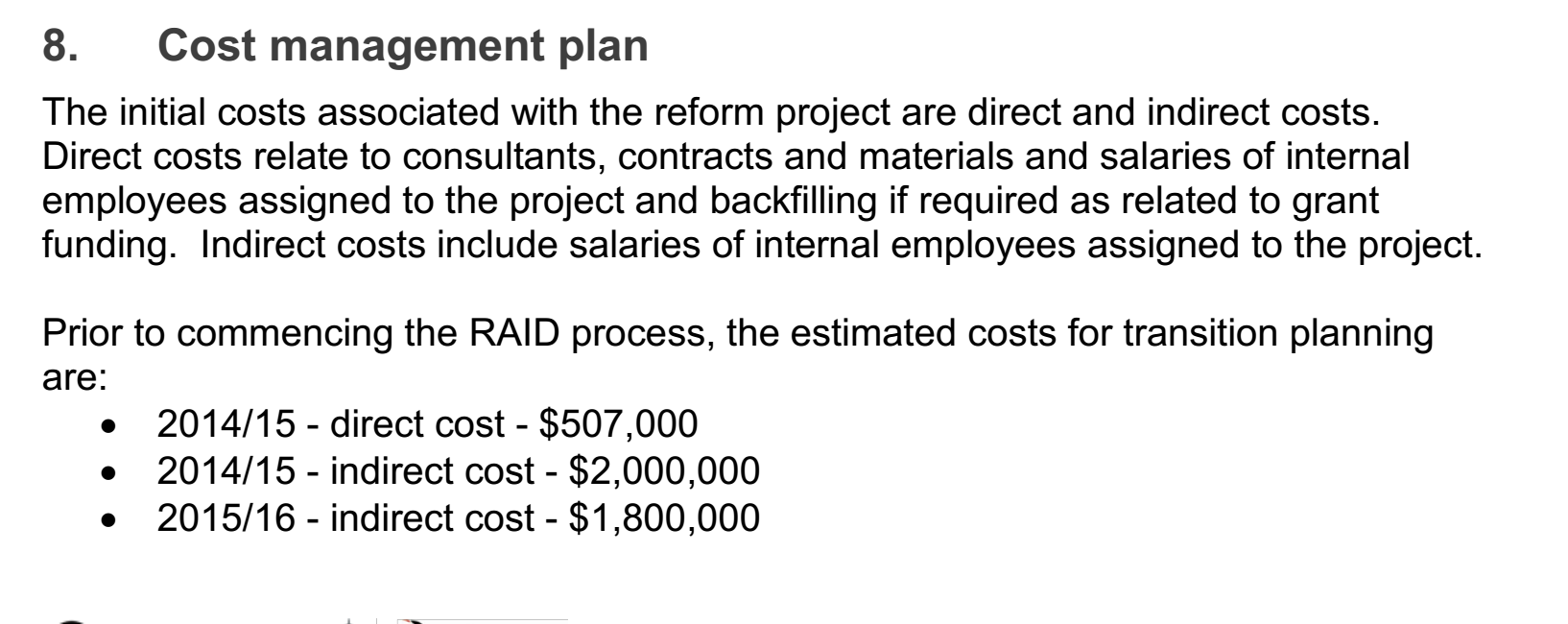
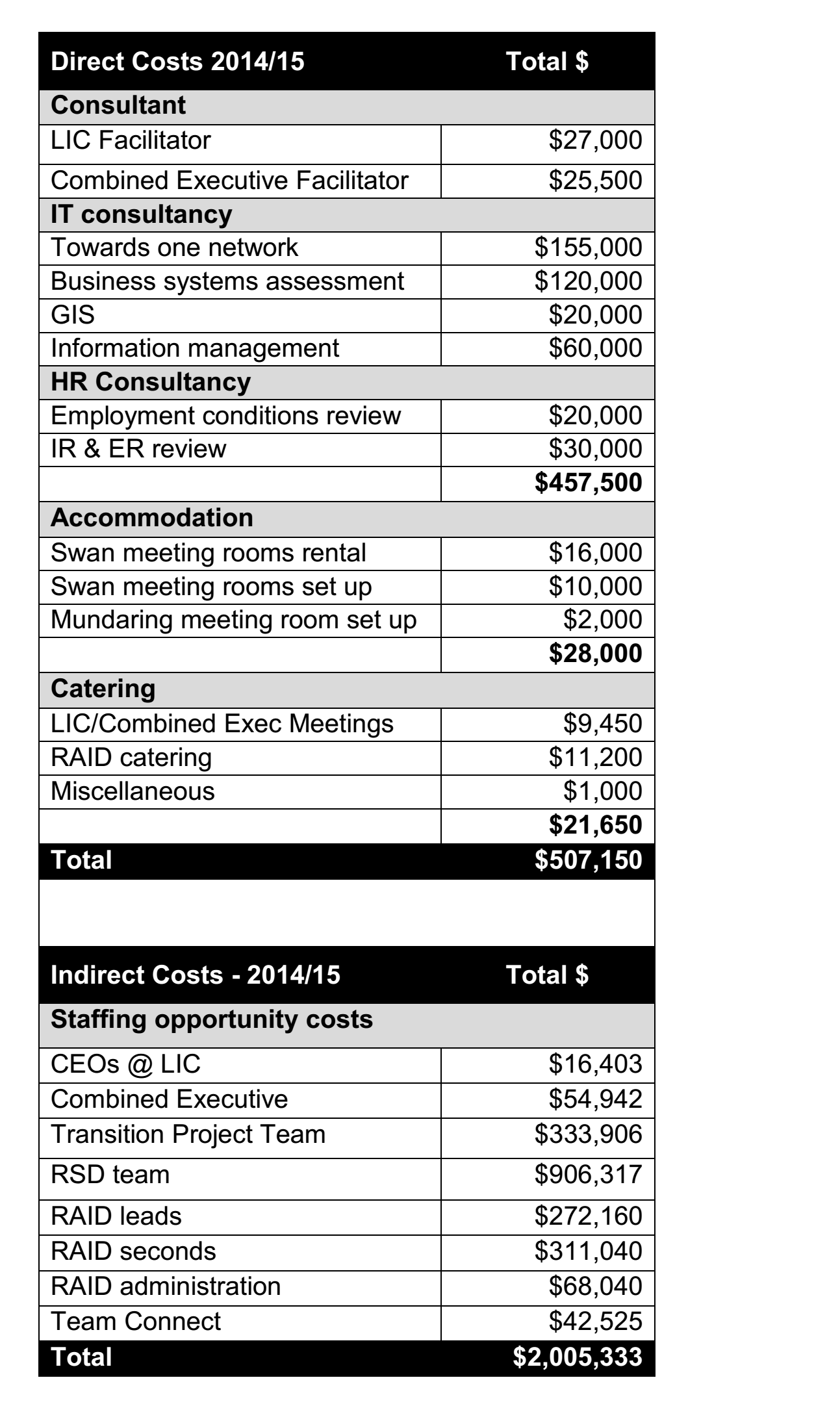
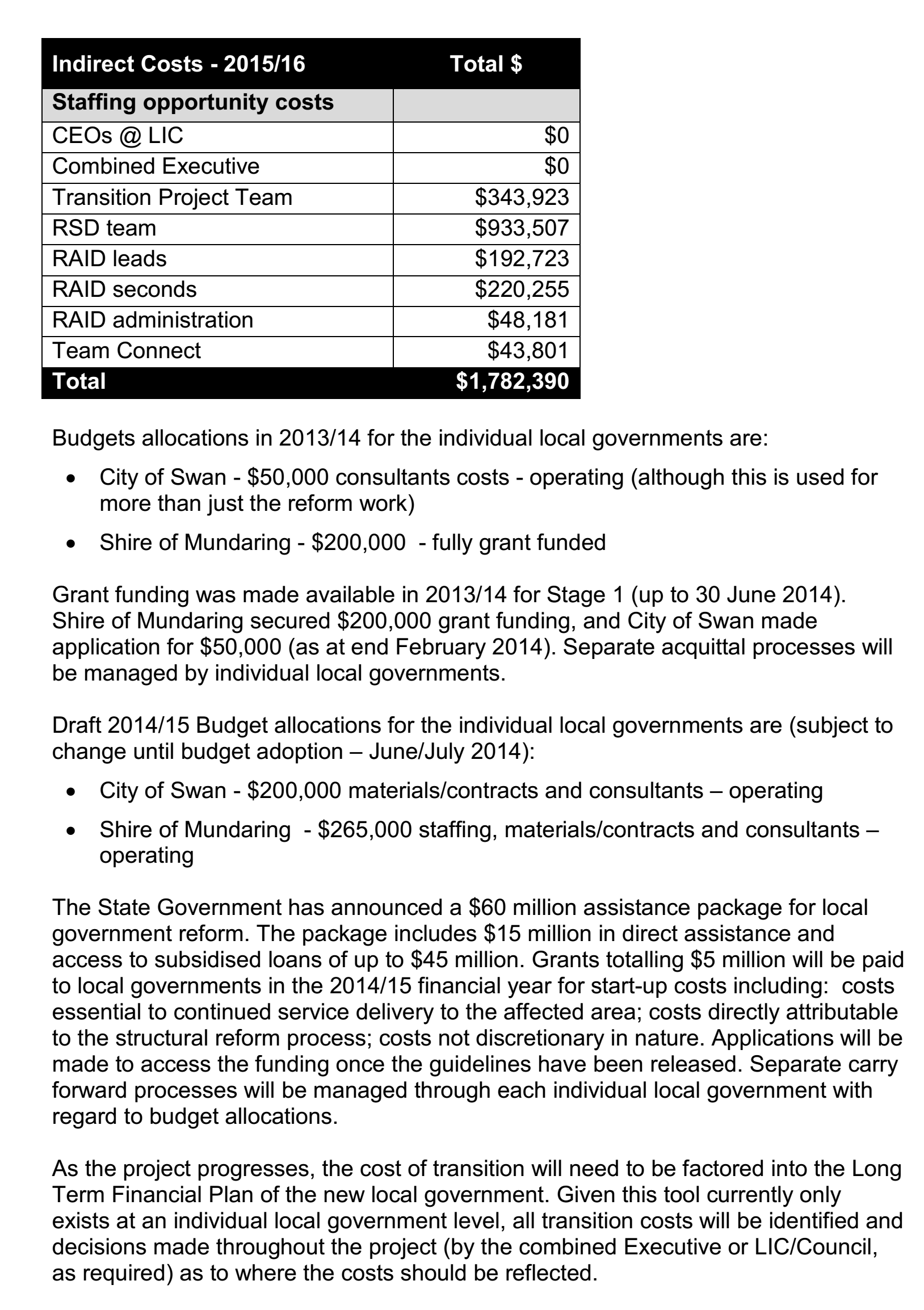
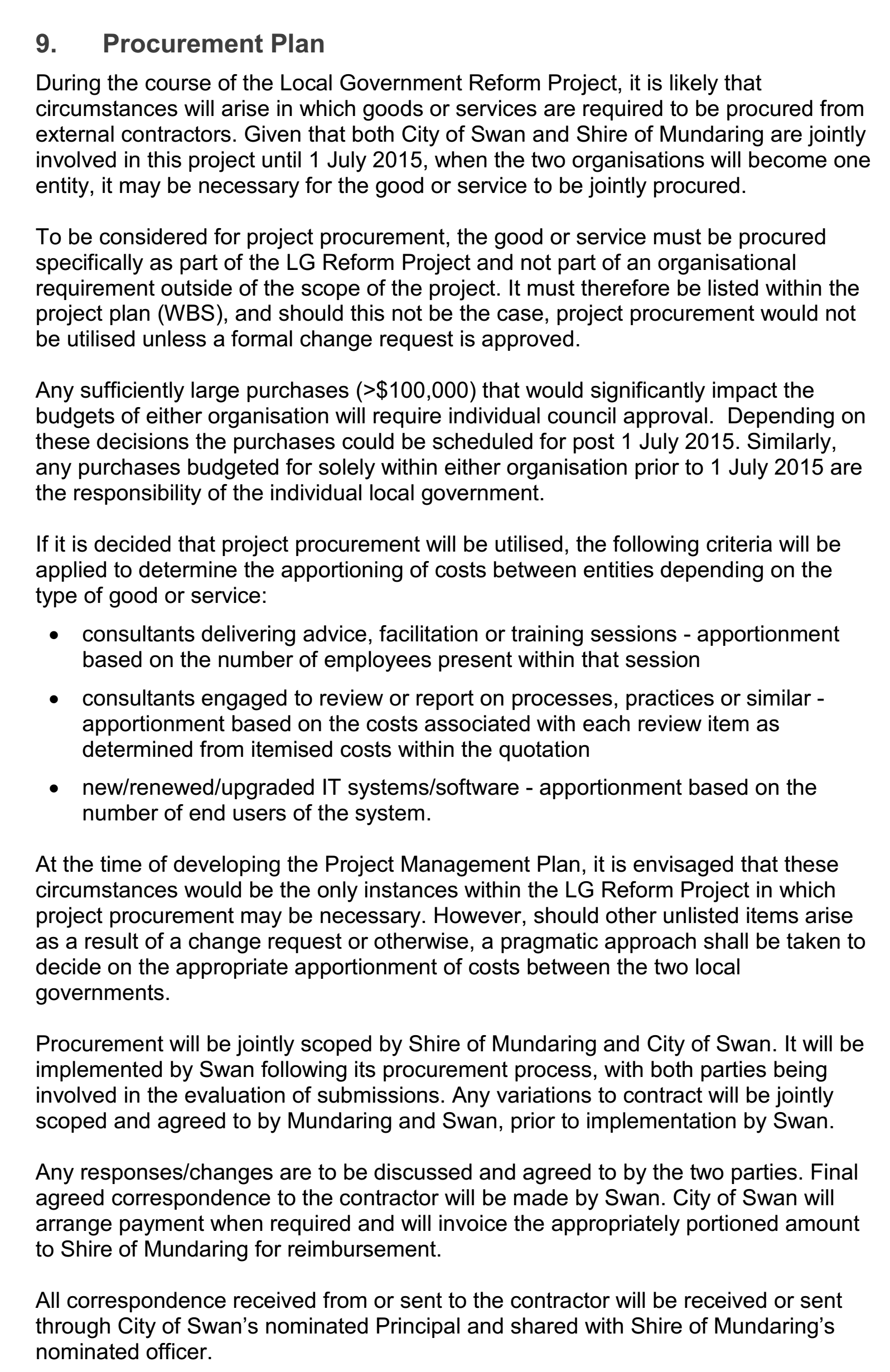
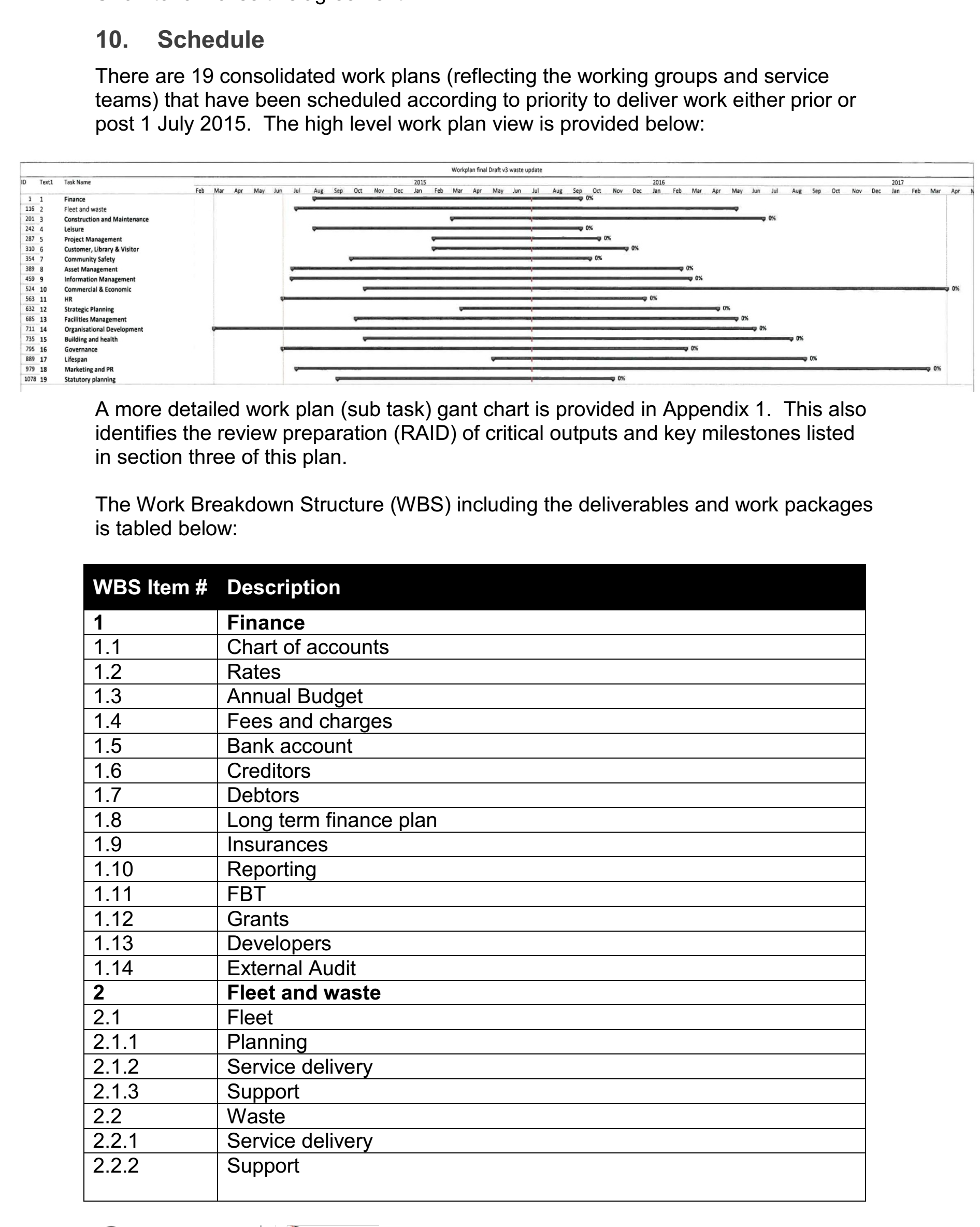
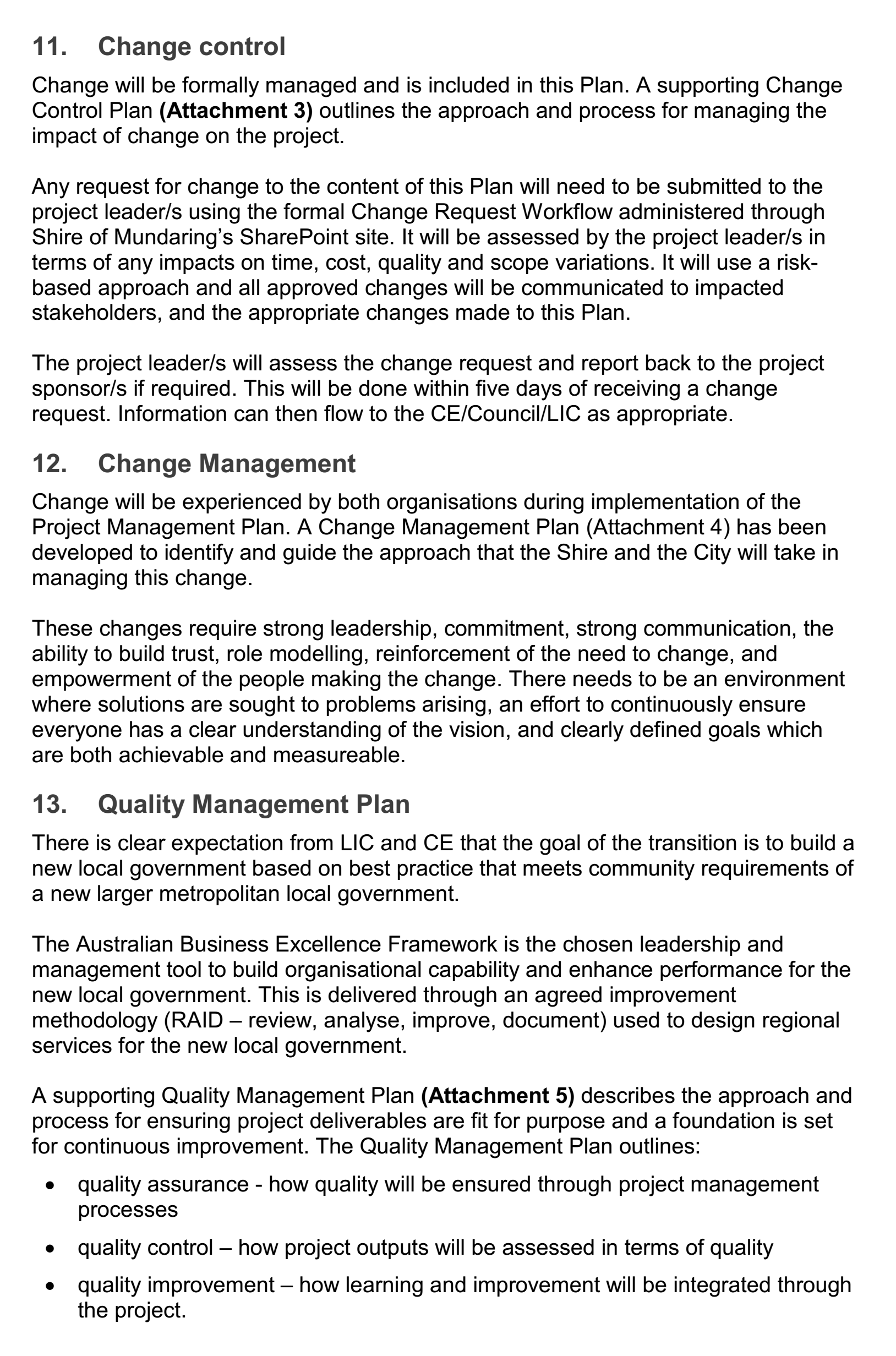
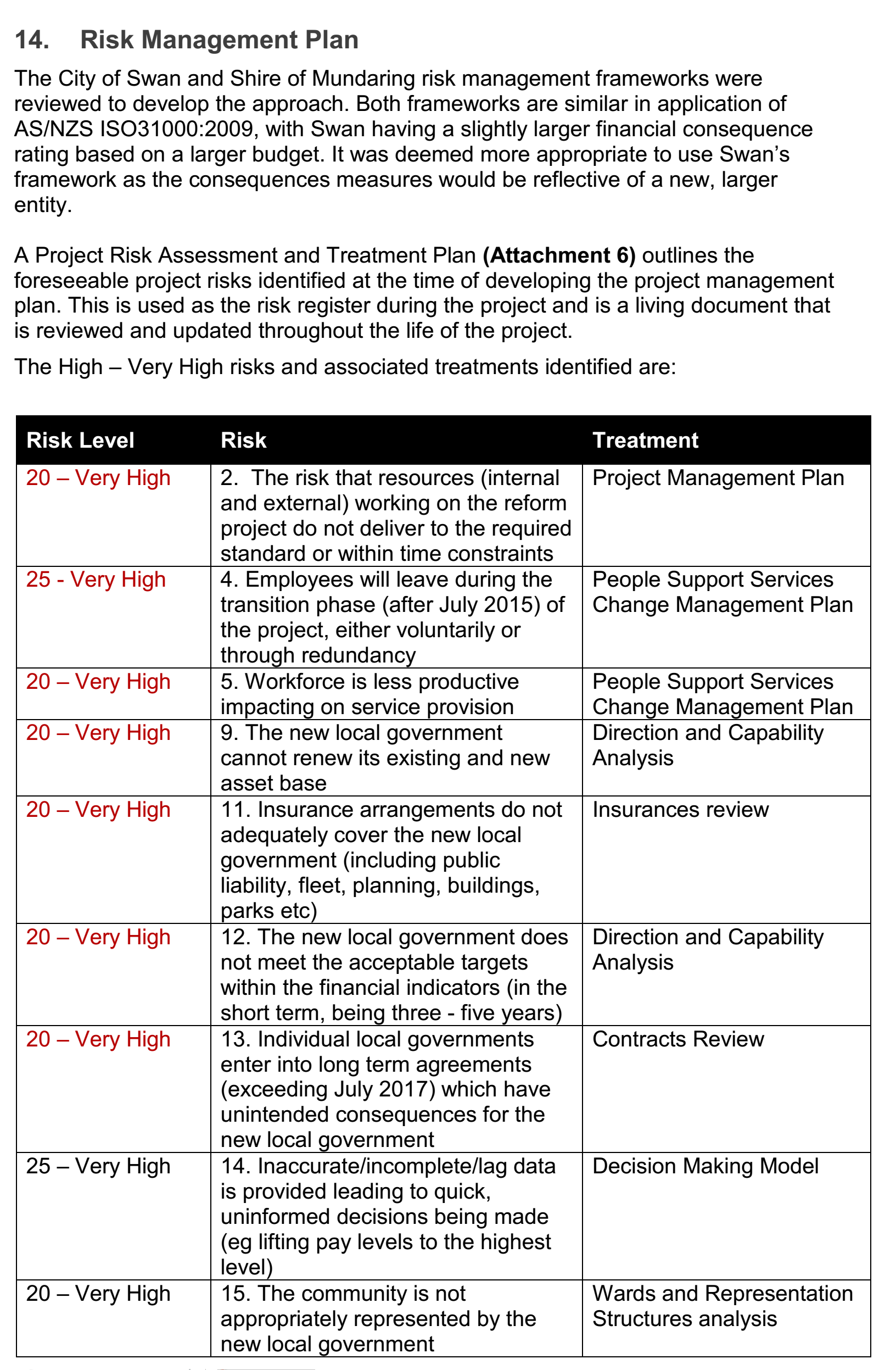
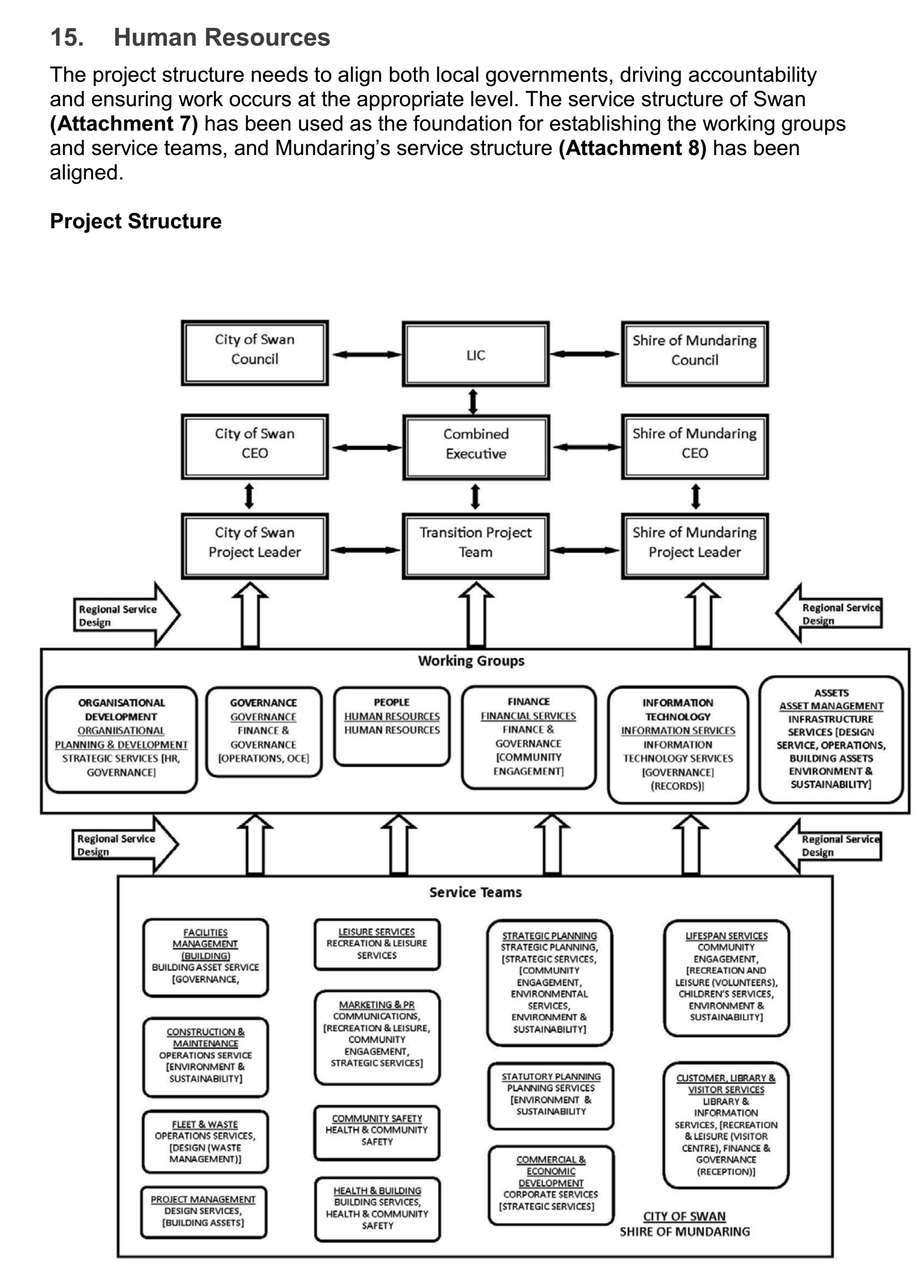
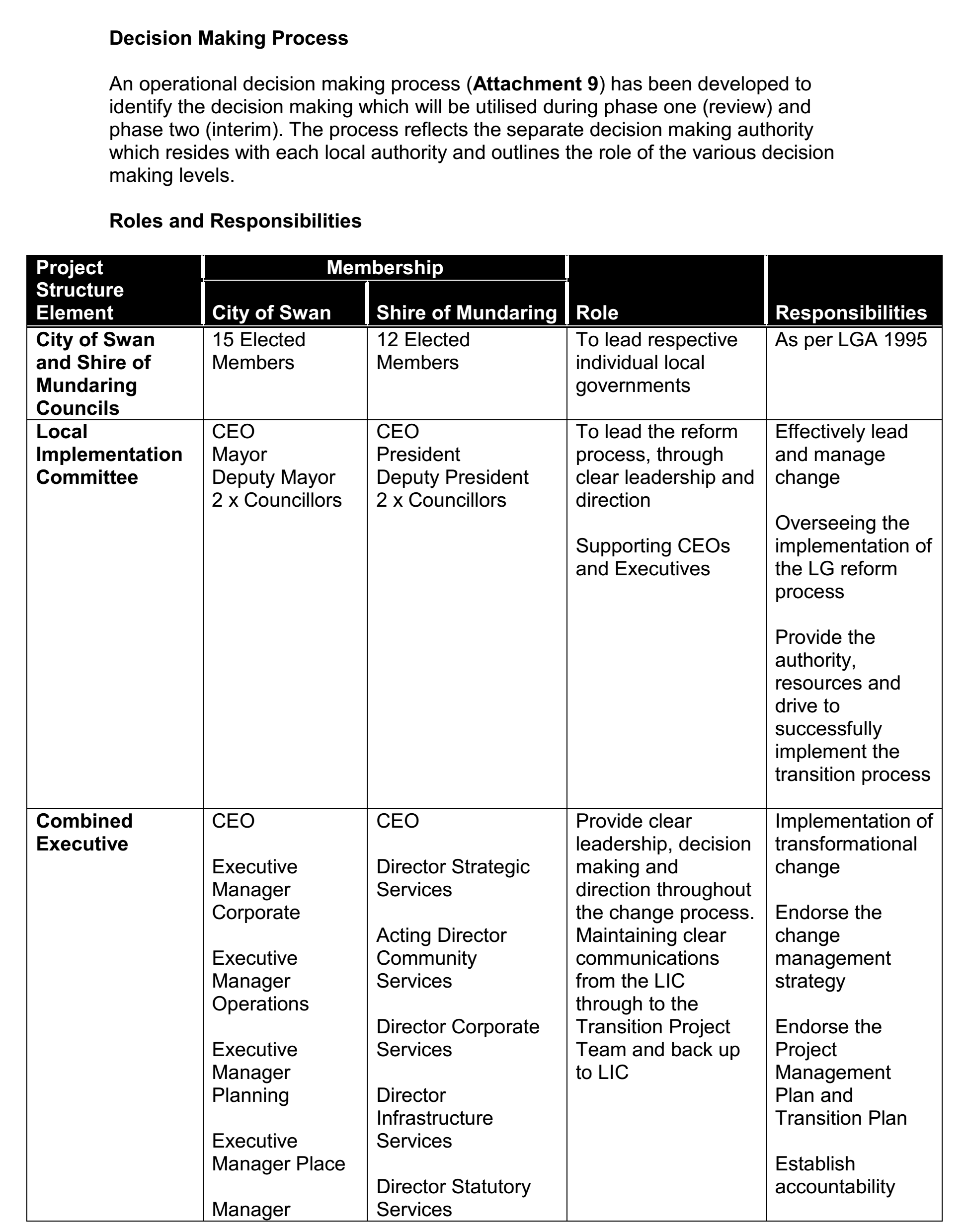
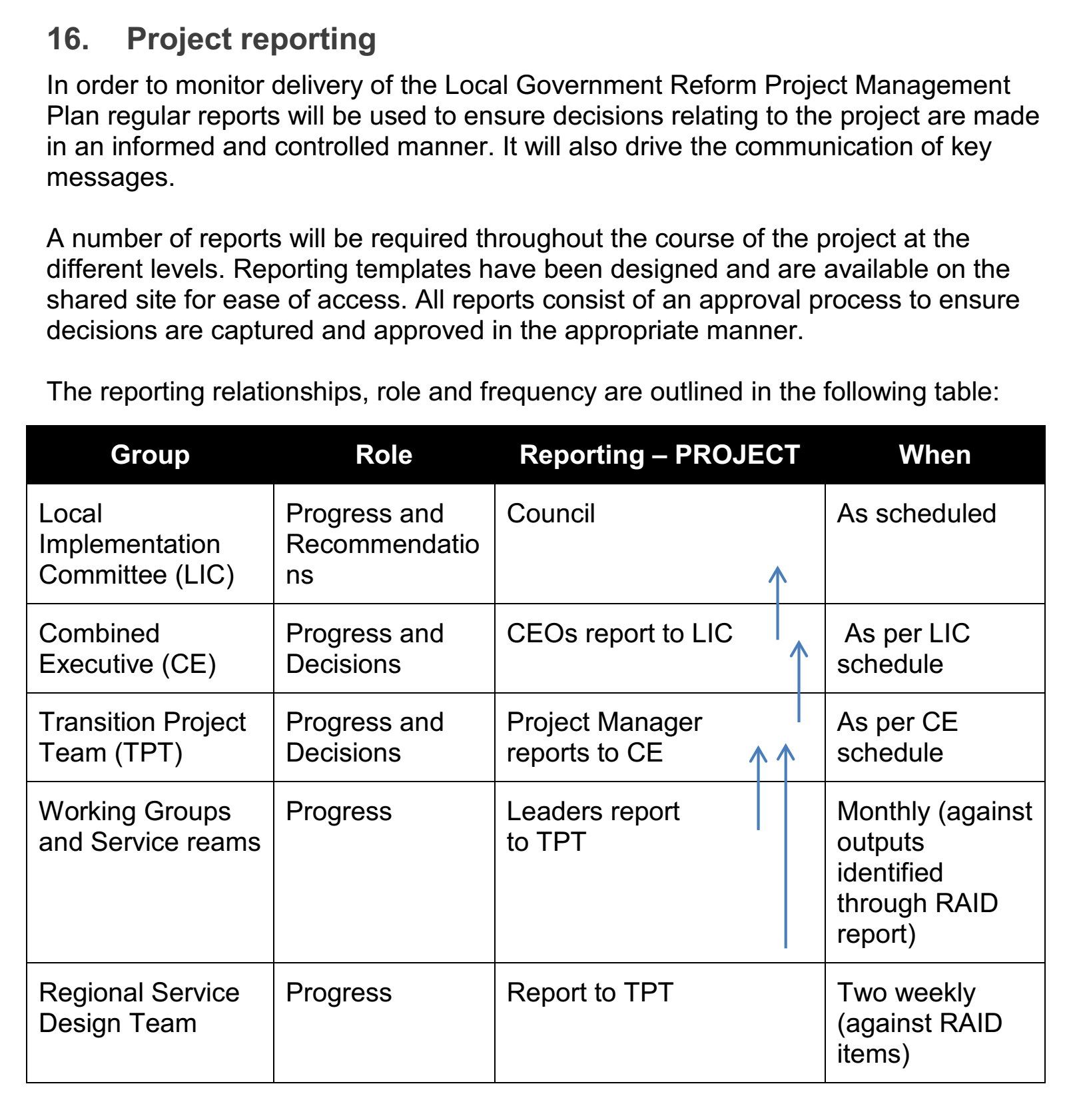
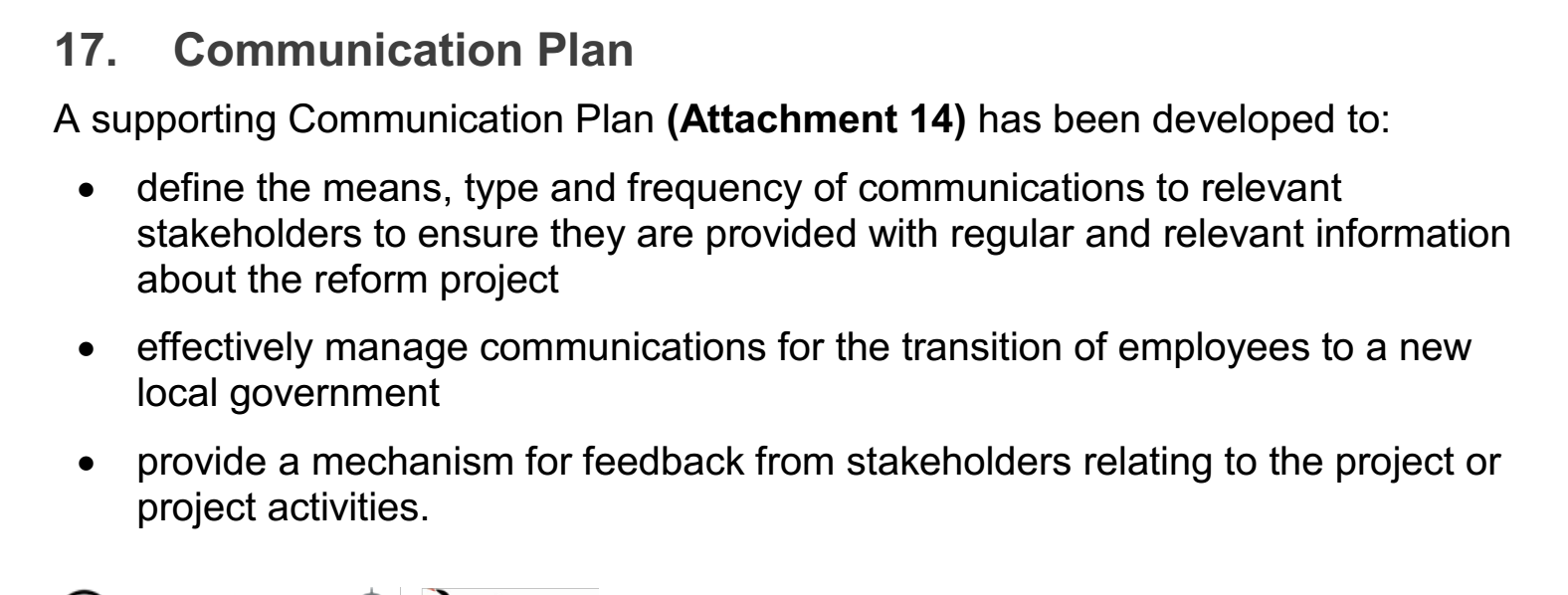

 24h在线客服
24h在线客服







备案号:辽ICP备19007957号-1
![]() 聆听您的声音:feedback@highmark.com.cn企业热线:400-778-8318
聆听您的声音:feedback@highmark.com.cn企业热线:400-778-8318
Copyright ©2015- 海马课堂网络科技(大连)有限公司办公地址:辽宁省大连市高新技术产业园区火炬路32A号创业大厦A座18层1801室
hmkt088